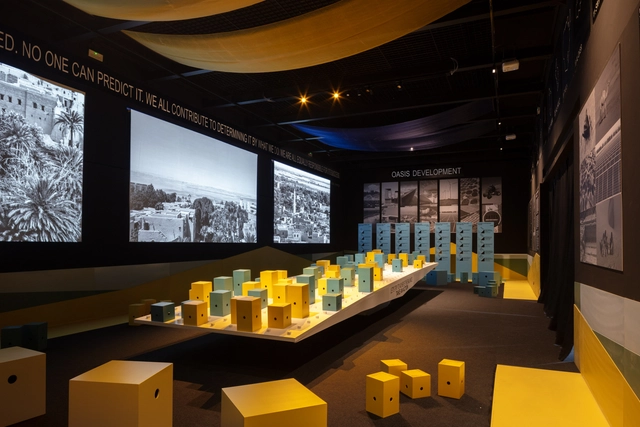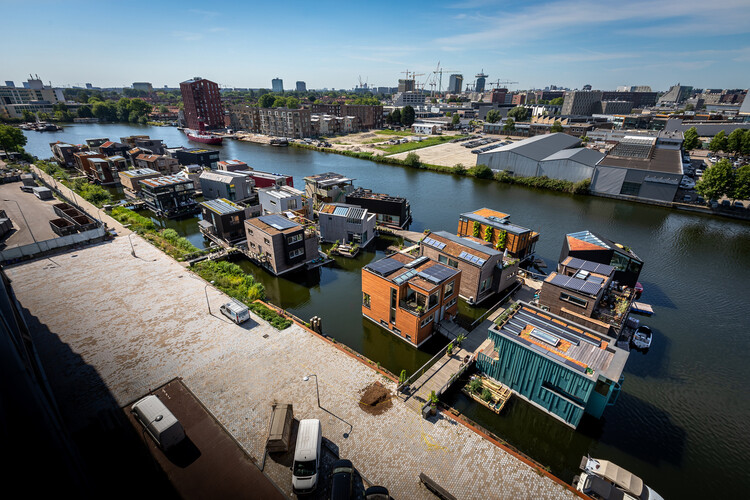
At the 19th International Architecture Exhibition - La Biennale di Venezia, Egypt presents Let's Grasp the Mirage, its national pavilion offering an interactive exploration of sustainability through the symbolic lens of the Egyptian oasis. Curated by Salah Zikri, Ebrahim Zakaria, and Emad Fikry, and commissioned by the Ministry of Culture Egypt and Accademia d'Egitto, the project reflects on the delicate balance between conservation and development, aligning with the Biennale's 2025 theme "Intelligens. Natural. Artificial. Collective."


























